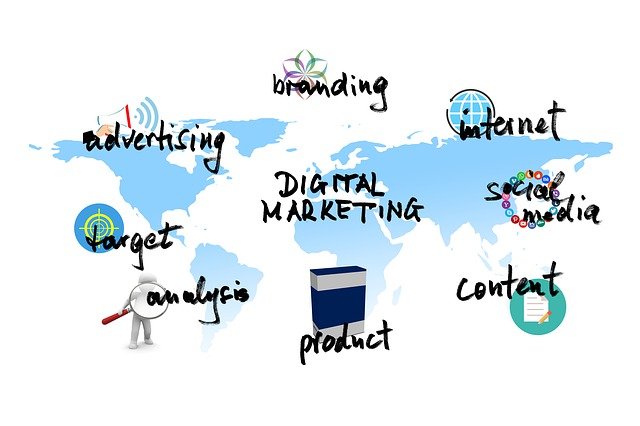What’s Next In Branding? Envisioning Innovation
Image by Gerd Altmann from Pixabay
In today’s connected world, we’re all constantly inundated with promotions and attempts by brands to grab our attention. Their goal: to ensure their company’s name is always at the front of mind, but with so much competition, that’s harder than ever. That’s why it’s so important for businesses to approach branding with an innovative eye. By trying new, risky strategies, you may find that you leave a meaningful mark.
Audience Is Key
Before digging into a new branding strategy for your company, it’s important to be clear about who your audience is and what kind of presence and personality you want to project. Brands targeting a younger, more tech-savvy audience can try riskier things than those working to reach an older audience that might value clarity over inventiveness.
Expand With Augmented Reality
One of the most popular tools among brands looking to introduce new technology into their branding strategy is augmented reality, a tool which really got its footing in popular imagination with the launch of Pokemon Go a few years ago. Today, the technology is widely available from creative agencies and, when paired with packaging, can produce some exciting results, and augmented reality can even be used to communicate valuable or interesting information, such as facts about the company, product tutorials, and more.
Redirect With QR Codes
Product labels and advertisements are inherently limited by their size and targeted scope, but there’s one place where you’re encouraged to put all of the information about your brand: your website. The problem is that just listing your website on a package or linking it via an ad might not gain much attention, though, which is why you should be using QR codes as part of your advertising. QR codes can be printed on just about anything and, because many restaurants and other services pivoted to QR code-based tools during the pandemic, they’re considerably better understood and widely used than they might have been just two or three years ago.
Make It A Game
If there’s anything we’ve gleaned from digital learning, scheduling apps, and any other tool that aims to drive user motivation, it’s that making an activity resembles a game is a sure way to hook users. Well, the same is true of branding. Look into ways to gamify your advertisements. This might mean introducing digital scratch cards linked to different sales programs, running game-style promotions like Starbucks’ bingo game, or running a special contest. Think back to McDonald’s annual Monopoly boards and how those encouraged purchases, and you’ll quickly see just how and why this works.
Get Smarter
Smart packaging is a somewhat nebulous term, given the different forms it can take, but that’s part of what makes it a useful concept – smart packaging can engage users with your brand in multiple ways. Among the most popular elements commonly embedded in smart packaging are monitors that track the freshness or shelf-life of food.
In other cases, brands develop new packaging components that extend shelf-life or otherwise benefit the purchaser, which can lead users to look for more information on that change or simply increase their loyalty, all because your brand showed its own investment in consumer satisfaction.
Rethinking the staples of branding – for example, the idea that how your logo appears or what colors you use are the most important elements – in favor of new, engaging features has the potential to change the meaning of advertising and brand communication. Still, it’s important to make these new forms your own. Listen to your audience, stay creative, and you’ll find a promotional style that supports your brand in meaningful ways.
I’m a single mother of 2 living in Utah writing about startups, business, marketing, entrepreneurship, and health. I also write for Inc, Score, Manta, and Newsblaze

